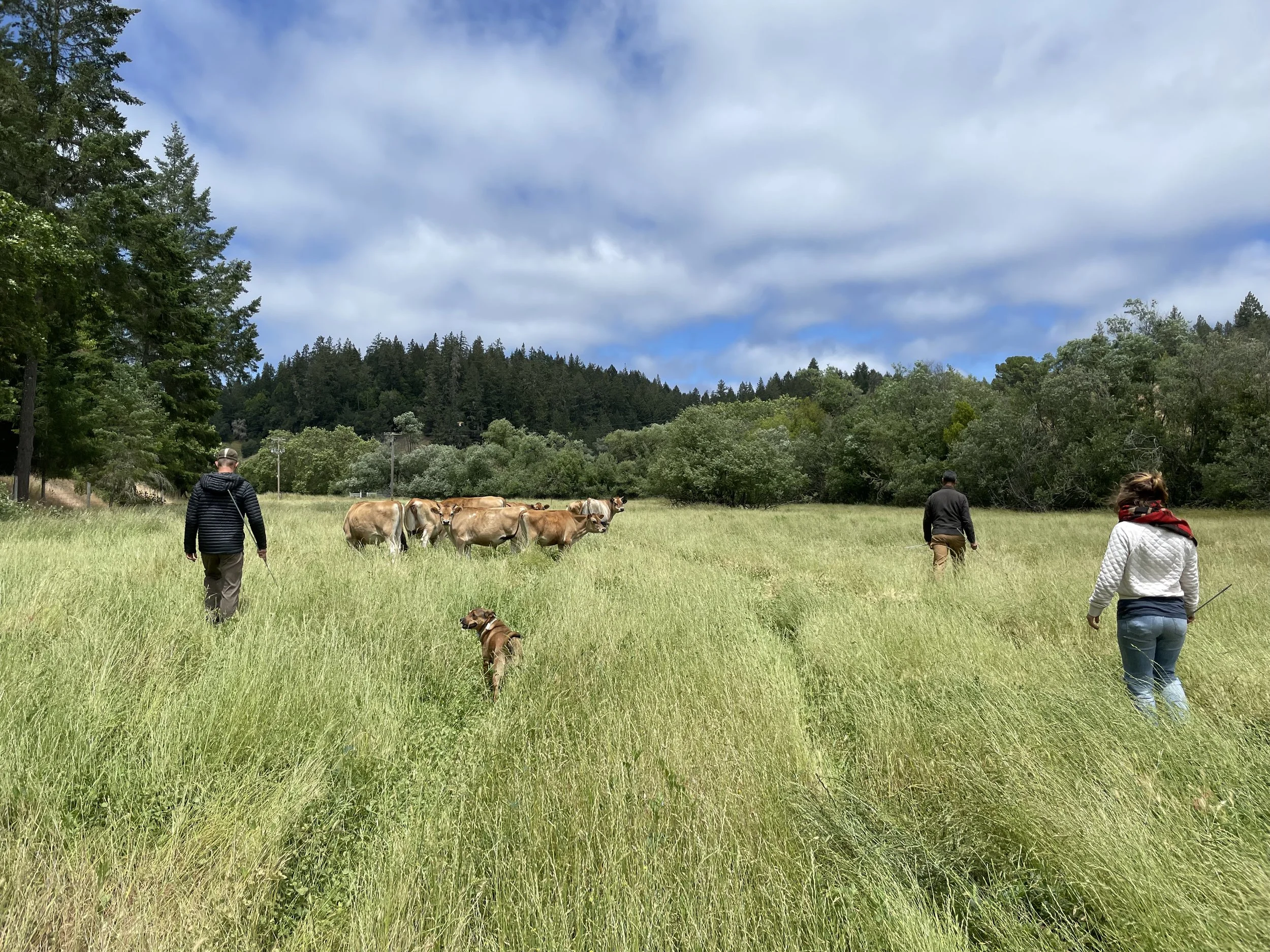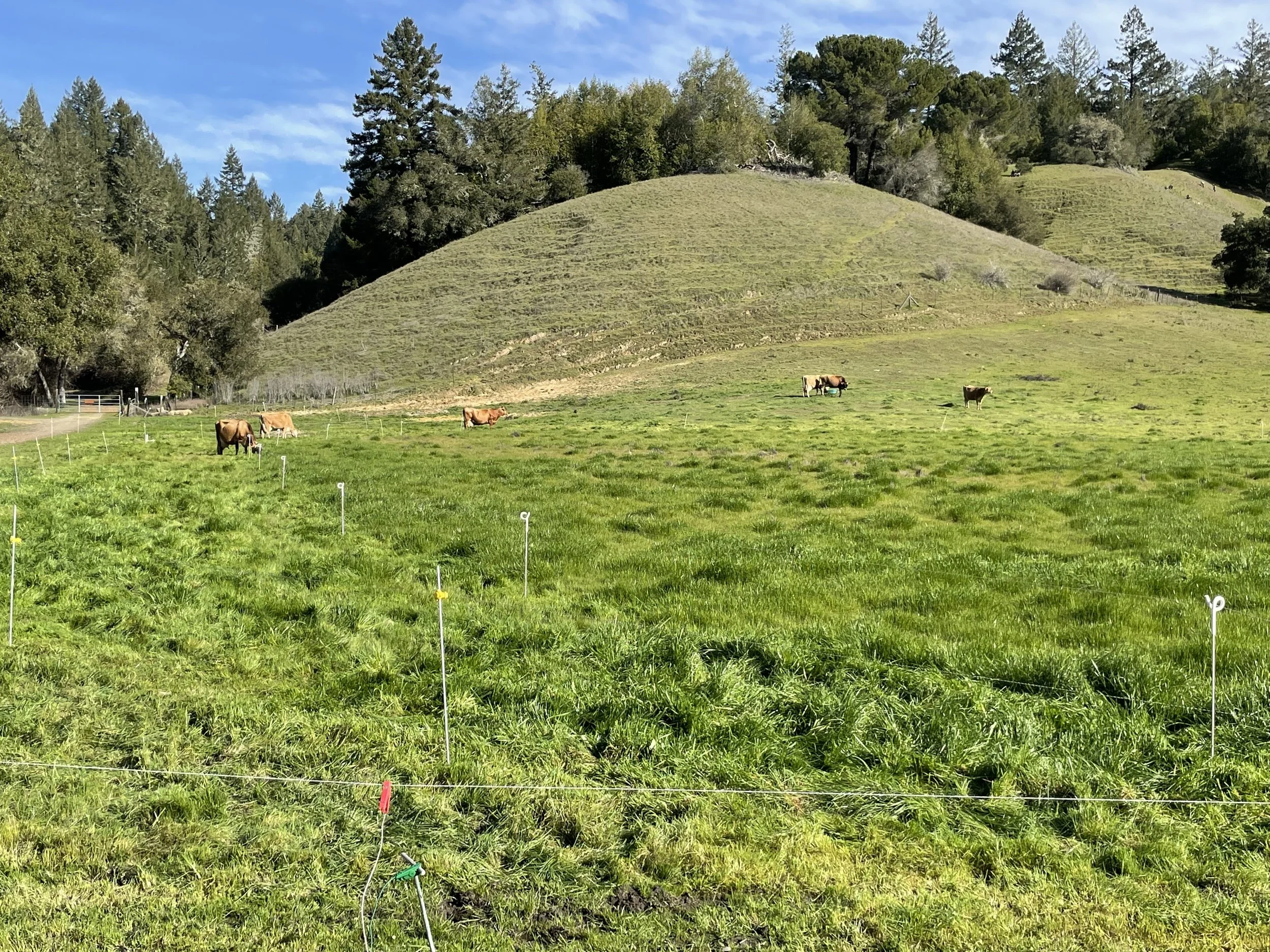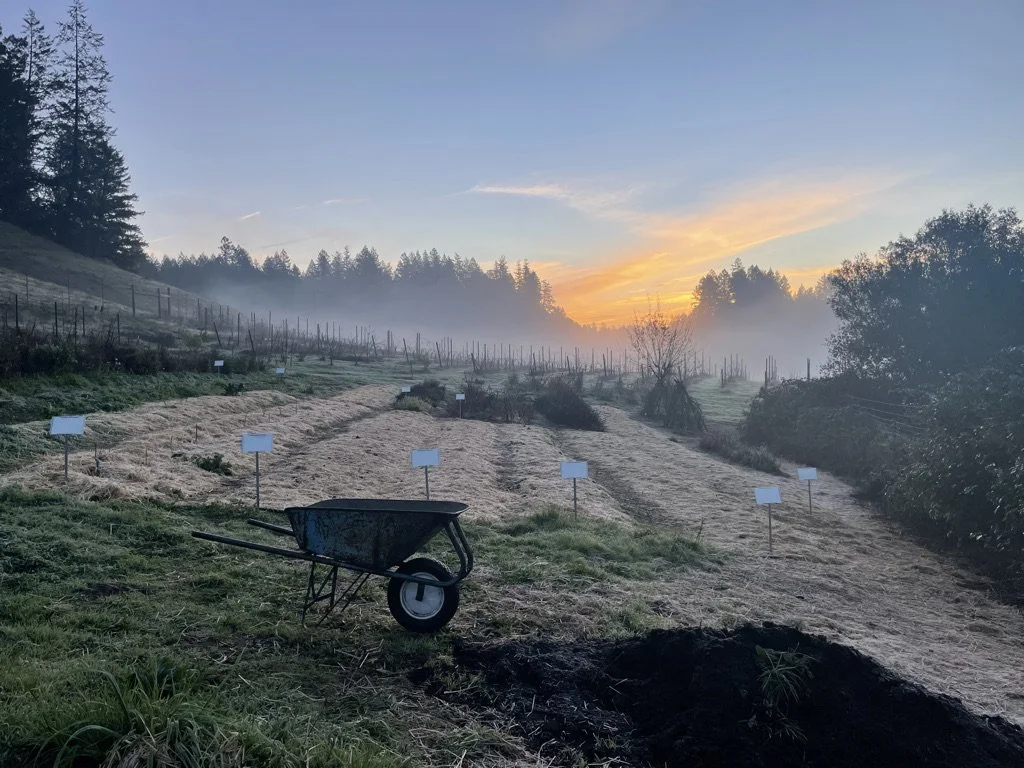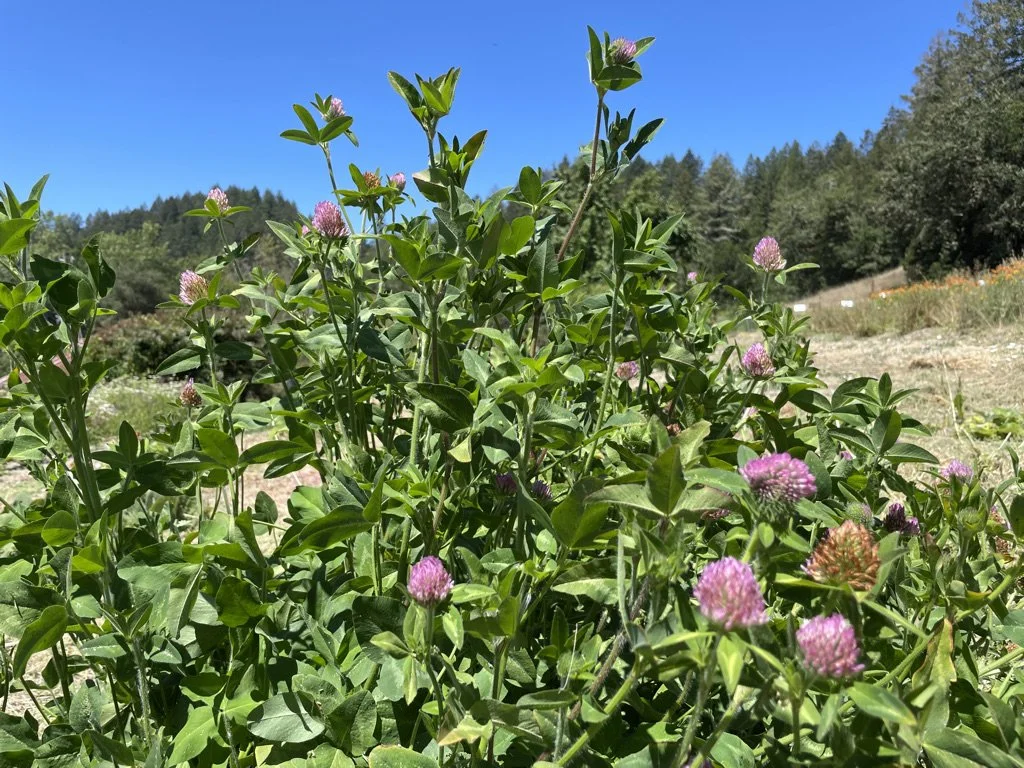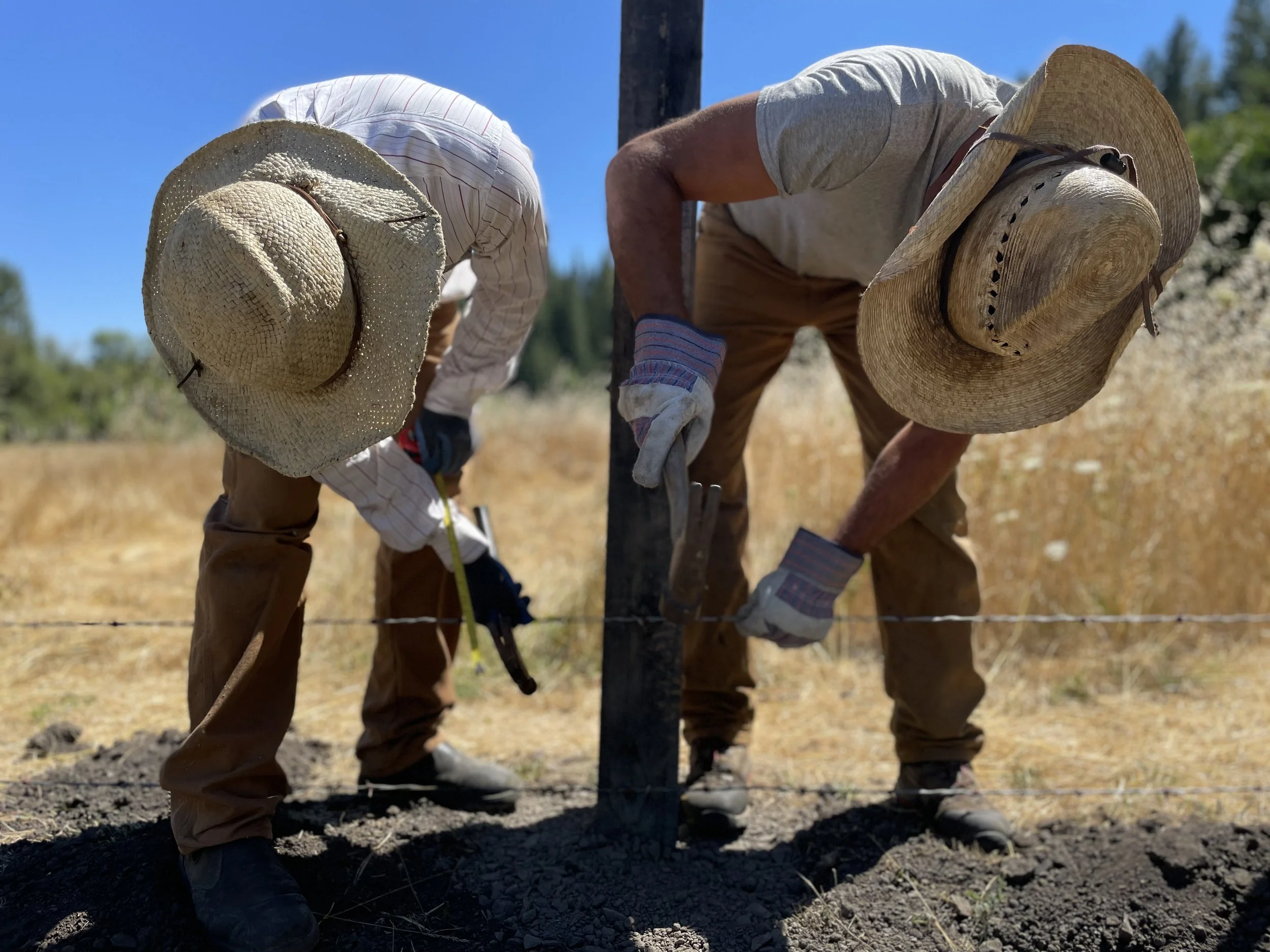land tending
tending to 44 acres of grassland, on the collective lands of Green Valley Farm + Mill
We like to think of land-tending and agriculture within the context of the Soil Health Principles. This can be a great way to look at different types of farms, different landscapes, different contexts, and find a shared language. Specifically how these concepts show up on a particular farm or landscape will vary, but the idea is that we as land-tenders can be ever-striving to improve our systems based on these shared concepts.
Minimize Soil Disturbance
Maximize Diversity
Keep the Soil Covered
Keep Living Roots in the Ground
Integrate Animals
Context Context Context
Managed Grazing.
We move our animals across the landscape in ways that more closely mimic the ways grasslands and grazing animals co-evolved throughout time. By using electric fencing to mimic the effects of tighter herds (safety from predators), moving across a landscape (in search of fresh graze), we are able to create a pulsing effect of nutrient cycling in the grassland ecosystem. Grass loves to be mowed down quickly, given long rest periods to rebound in growth, and then be eaten down again. This pulsing of nutrient cycling is what keeps grasslands vibrant, how grass roots sequester carbon, and how we stimulate plant diversity by not allowing animals to over-grazing / over-eat favorite plants. This rotation also spreads out manure, which in large concentrations is a pollutant, but in smaller amounts is a beneficial compost to feed the soil microbes and build soil, which in turn grows healthy grass, and the cycle continues.
No Till Agriculture.
In our cultivated cropland, we minimize soil disturbance by never tilling the soil, thus keeping soil structure in tact all the beings under foot. We utilize cover crops to build soil and add nutrients. We mulch with rice straw to add organic matter as well as keep the soil protected against erosion from wind and rain, from the baking effects of our hot summer sun.
Cultivate diversity.
In our apothecary garden, we grow over one hundred varieties of medicinal plants, with several more species of clovers, wildflowers, grasses seeded among the pathways. We plant hedgerows of native perennial grasses and shrubs in various borders, edges, fencelines and seasonal waterways through the land. Our grasslands grow a variety of annual and perennial grasses and forbs, and support countless wildlife from hunting grounds for mountain lion, bobcat, fox - to forage for deer - to nesting grounds for quail, turkey, songbirds - to burrowing grounds for gophers and field mice.
“Much of the day-to-day work on a farm is spent on the hundreds of little un-newsworthy jobs that are required in managing the land... Mending walls. Chopping logs… Moving sheep between fields… Hanging gates. Cleaning the rainwater from gutters on the buildings… Trimming sheep feet. Rescuing lambs from being stuck in fences… As you drive past, you wouldn’t notice them, but they add up over time. Landscapes like ours are the sum total and culmination of a million little unseen jobs.”
-The Shepherd’s Life

